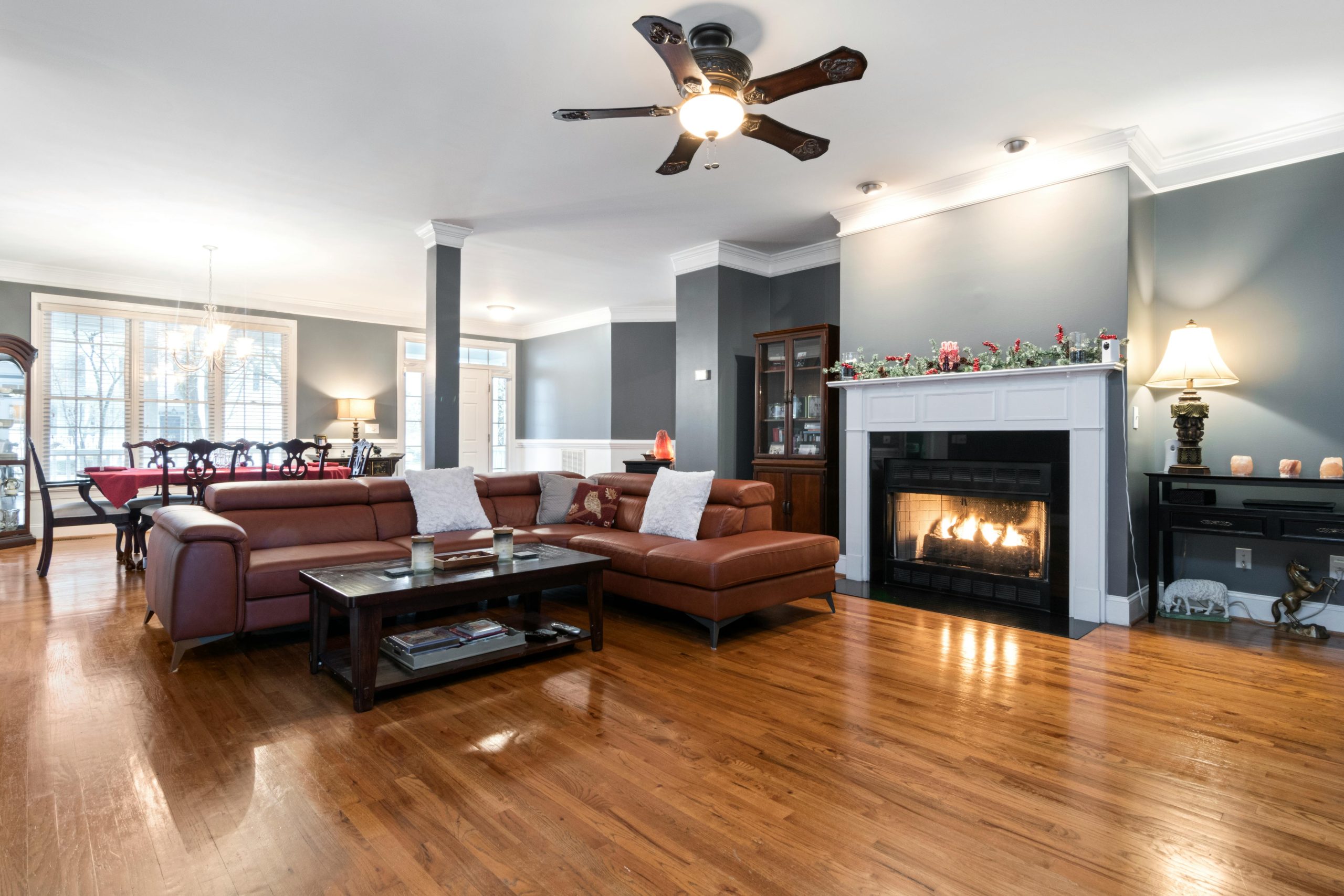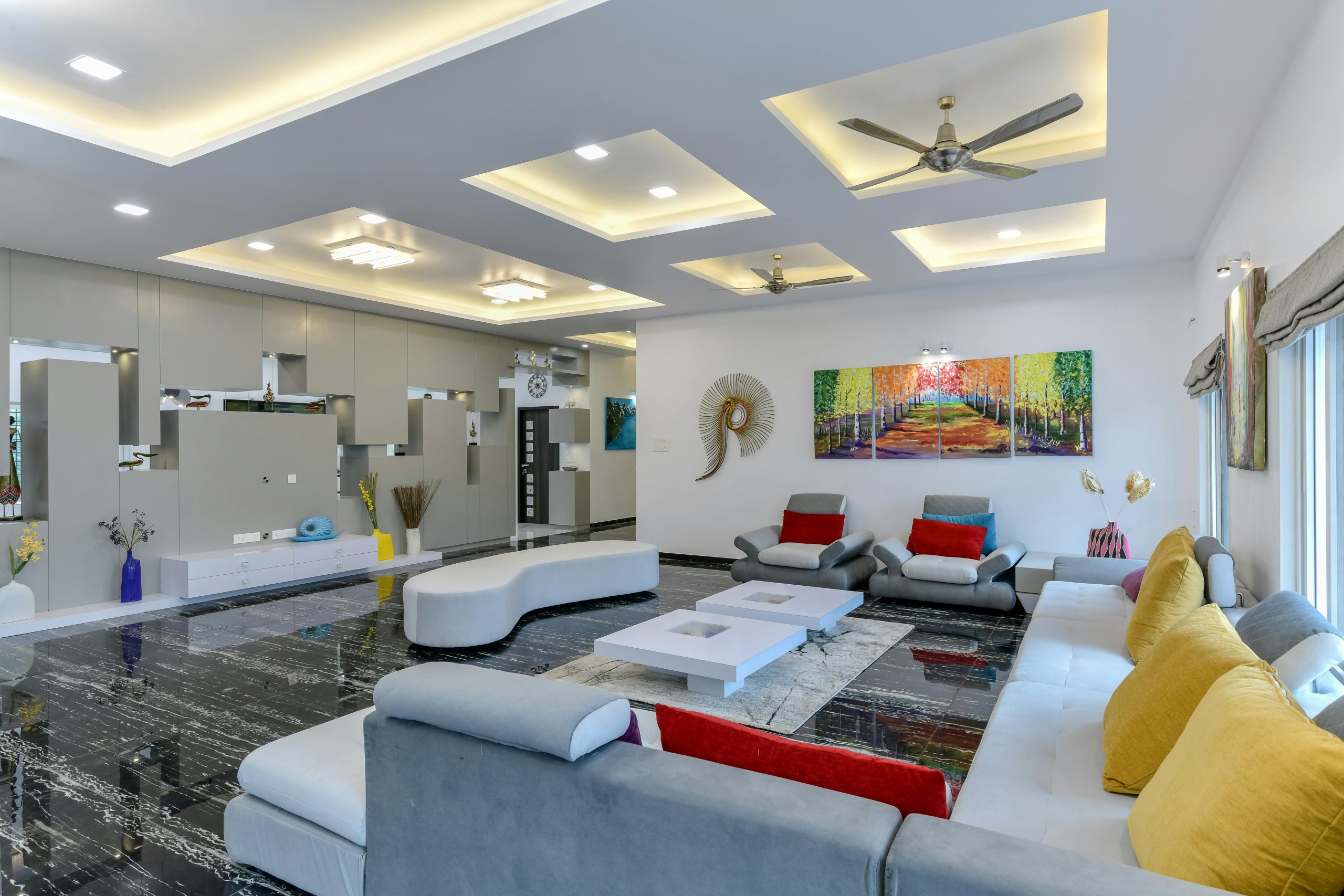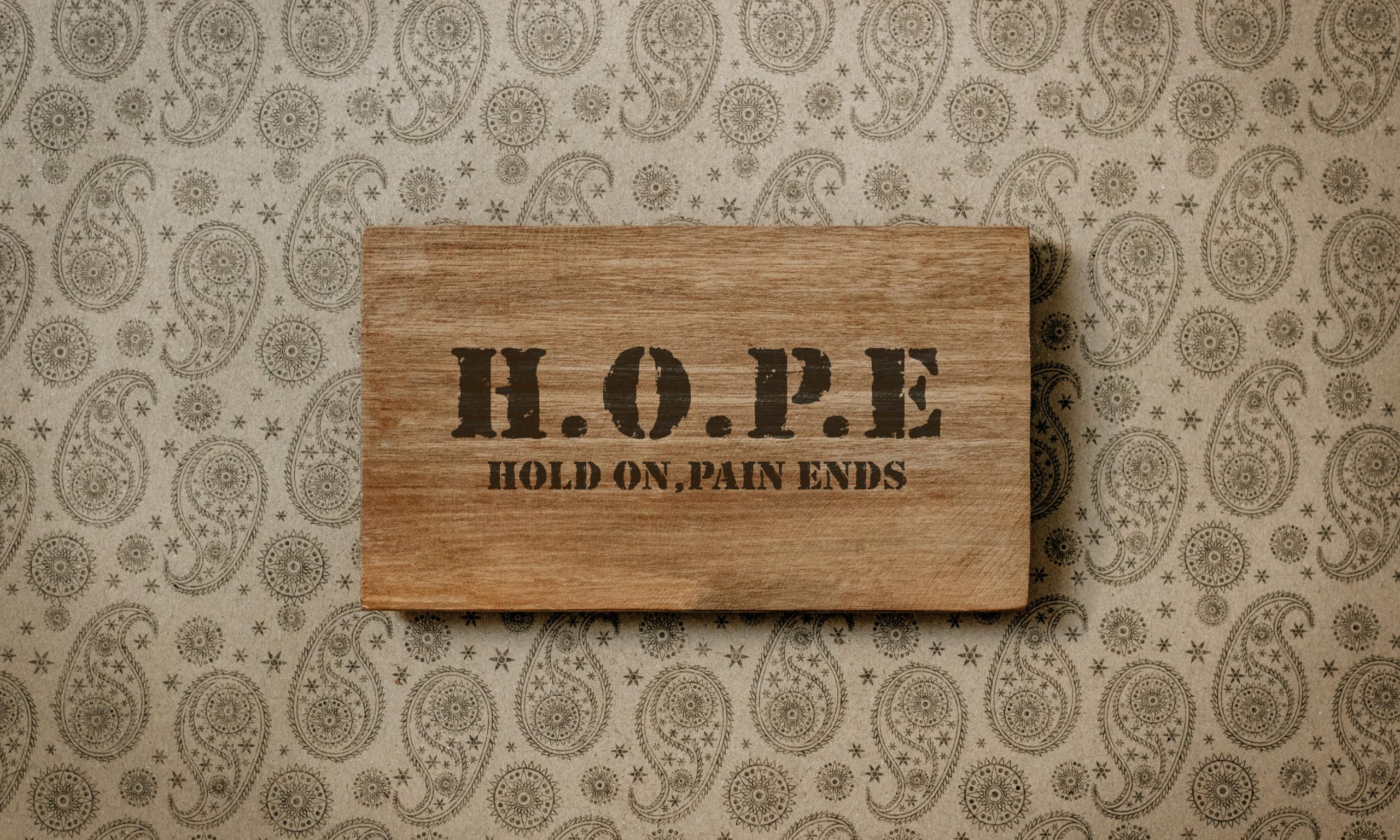Fabrics in Interior Design
The world of interior design is indeed a fascinating one. It’s a result of coordinating various elements including colour schemes, furniture, finishes, furnishings and decorative pieces. For the interior of any room to look complete, fabrics or furnishings play an integral role. The term used for this is called home furnishing. Depending on the type of space, an interior designer usually selects appropriate fabric. Fabrics are not just simple adornments, they’re much more than that. They are elements that bring a space to life. It adds depth, texture and personality to the space. Also, fabric selection can make or break the look of a space.
For this reason, selecting the right material or fabric is important. Ask yourself, what is the kind of visual narrative you want to create? Based on that, you can select from plain to patterned fabrics with varying textures.
Tips to Choose the Best Fabrics for Interior Design
Interior design is a combination of creativity and functionality. Most of the fabrics available today are blends. Before choosing any material, it is important to understand the basics of fabric durability.
It’s important to select fabrics that are ready to withstand the intended level of use. For example, the fabrics used in lesser-used spaces may not be as durable than the ones used in areas with high traffic. It’s always better to assess your lifestyle and the purpose of each space before selecting the appropriate fabric.
Understanding fabric durability is not rocket science. Assess the fabric on the following factors to see if it’s a right fit for your interior:
Thread Count
A fabric’s thread count is directly proportional to how tightly woven the fabric is. Thread count refers to the number of threads that are present within a square inch of the fabric. When you’re choosing a fabric, go in for something that has a tighter weave as the thread counts will wear better.
UV Resistance
If your piece of furniture is positioned in front of a window, you will need to choose a fabric that won’t fade easily. The sun can fade fabrics easily which takes away the original look of the sofa, chair or any other piece of furniture or furnishing. When you purchase a fabric that is resistant to UV light, the lifespan of the fabric is extended considerably.
Double Rub Test
In the fabric industry, the double rub test is pretty common. Manufacturers usually conduct the test by rubbing the fabric in back-and-forth motion. By doing so, the wear and tear of the fabric can be determined. If the label/tag on the fabric contains higher rubs, the durability and quality is better. Higher double rubs mean the fabrics are made for frequent use.
Water Repellency
When we choose a fabric for home furnishing, we want to make sure it is capable of repelling stains and water. For example, dining chairs are usually placed in a high-traffic space where food and drink will be served. When you’re choosing a fabric for this area, be mindful if the fabric for upholstery can be treated for performance.
Best Fabrics for Interior Use
When you’re selecting fabric for home furnishing and interior use, there are both synthetic and natural options you can choose from. Fabrics for interior design are specially crafted keeping form and function in mind. The fabrics widely chosen by interior designers are as follows:
Cotton
When we speak about cotton, there are a whole lot of varieties available. The performance of the fabric depends on the weave and finish. Since it is inexpensive, it is used for bed linens, upholstery and other household furnishing uses. Also, its sturdy nature makes it an excellent choice. The only disadvantage is that cotton is less resistant to stains, spills and wrinkling.
Linen
The luxury associated with linen is unmatched. It can give a home a contemporary yet classic feel at the same time. It resists fading and pilling too. Linen requires extensive care and might need professional cleaning from time to time.
Velvet
Velvet is a go-to fabric for homes that boast of grandeur. It creates a sensual and rich feel, and has a wonderful tactile quality. It is usually used in the living room for sofas. Maintenance is easy too.
Leather
Another fabric that is heavily used in interior design is leather. You’ve probably seen this material on sofas, high-use furniture pieces and arm chairs. The best part of this fabric is that it can be damp-wiped and cleaned with a leather conditioner. The only drawback about using leather is that it can be scratched or torn easily.
Silk
Silk is a home furnishing fabric that is rarely used. It’s classy, soft and flowy. It’s best used in rooms with low-traffic. You will notice silk being used in bed linen, upholstery and curtains. Since it wrinkles and stains easily, it requires a lot of professional care. Never put silk in a kid’s bedroom. Restrict to the guest room or hall.
Conclusion
When you’re selecting a fabric for your interior, consider material texture and colour composition. Besides fabric, you can even choose statement pieces for that exude class. For example, these days, prints are really in vogue. Consider geometric prints, florals, textures, digital prints and abstract prints. If you’re unsure about which fabric will fit your requirement, take the help of an interior designer, someone who has just completed a BSc in Interior Designing course. They are usually well-equipped to provide personalised recommendations for each room based on your preference, lifestyle, taste and budget.




